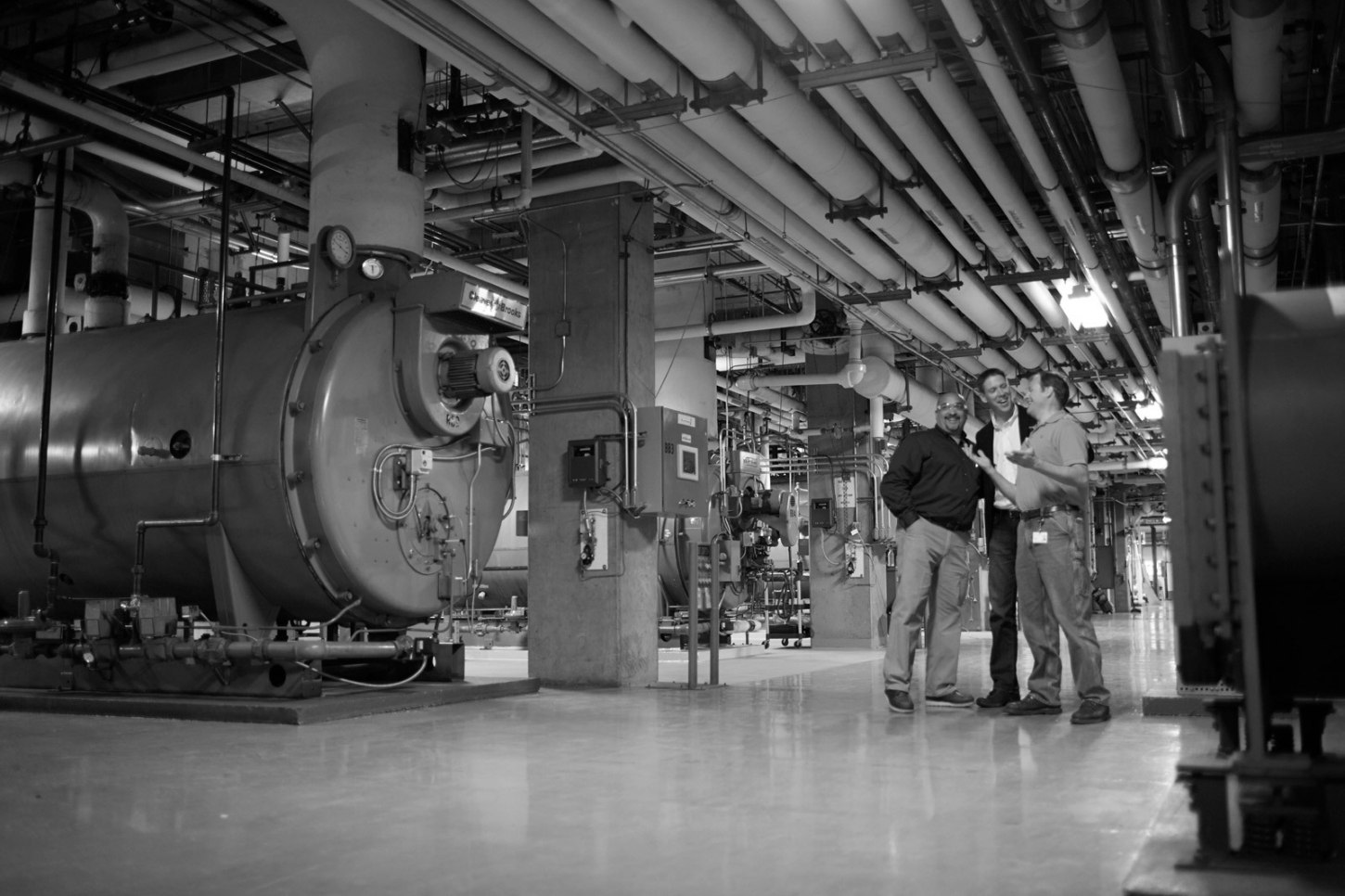Originally featured on SMACNA's Sheet Metal Journal.
2021 Washington State and City of Seattle Energy Code Updates – Part 1
Our SMACNA Western Washington Technical and Code Committee will be taking a deep dive into the new requirements in the 2021 Washington State and City of Seattle energy code updates, both of which are scheduled to be codified by July 1, 2023. Usually, the Washington State code updates follow this schedule (incorporation of requirements 18 months after year of code development) with the City of Seattle following by about six months. At this time, however, the City of Seattle is aggressively tracking with Washington State so things will likely be changing much faster than previous code updates. The City of Seattle energy code targets are more “progressive” than the state targets, typically legislating 5-10% more energy efficiency than the state goals. Coupling more aggressive targets on the same schedule as the state code changes will make for some significant changes coming our way next year.
The history of progressive energy codes in our state and cities began in with the adoption of the 2006 energy codes. Similar to energy codes in other states, our code is based on ASHRAE 90.1 Standards for Design and Construction of Energy Efficient Buildings. The state of Washington is part of a group of five states nationally that are leading other states in our nation with stricter energy saving requirements than ASHRAE 90.1 standards. It is interesting to also note that eight states have no code requirements for energy reduction or even compliance with ASHREA 90.1. The 2006 code in our state formed a baseline for energy consumption for both commercial and residential construction projects. The ultimate goal for this program is that by the time the 2030 energy codes are adopted, new buildings will use 70% less energy than allowed under the 2006 codes. To get there, the target energy code reduction was set at 15% per code cycle as new codes are adopted every three years. Out of a total eight code cycles between 2006 and 2032, the 2021 code is number five, and at this point, the previous code updates have not met the 15% target savings increments. That means that the next three code cycle targets will be more aggressive for both residential and commercial projects in order to hit the 70% reduction by 2030.
In addition to energy savings, for the 2021 code cycle our state and cities will be requiring carbon emission reductions for our projects. Unlike previous years, all projects using either the C406 prescriptive path or the C407 energy modelling path for permitting will need to comply with new rules based on both carbon reduction and energy savings (more details to follow in my next article). The future carbon reduction goals will result in no fossil fuel as an energy source in our projects, no electric resistance heat energy allowed for heating or domestic hot water generation, and ultimately, a goal of net-zero carbon emissions in buildings by 2050. These target reductions will again challenge us to switch to new technologies and methods to build our projects to comply with future codes.
Our committee’s initial review of the 2021 energy code is summarized below:
- Heat pump technology for building and domestic water heating will be the “go-to” system used in buildings from 2021 forward.
- Fan power requirements will be reduced once again to further limit allowable watts/CFM. This will require careful design and selection of fan system components to limit pressure drop in air systems.
- Multi-family projects three storeys and less (with some exceptions) will no longer be classified as “residential” projects in codes going forward. These buildings (as well as larger multi-family buildings) will now be classified as commercial projects and must follow commercial energy and carbon reduction codes.
- Both C406 prescriptive and C407 energy modeling paths for code compliance will have added complexity both in energy savings and carbon reduction.
- The 2021 energy codes are moving from a state of “renewable energy ready” to “renewable energy required”. This will not directly impact our mechanical systems but may impact them in terms of sharing roof space with solar collections systems that will dominate available roof areas.
- The 2021 codes modify envelope requirements to a limited extent, meaning that the bulk of new energy savings and carbon savings will come from mechanical, plumbing, and electrical energy and carbon savings.
- Future commercial kitchens will need to be “electric ready”, designed with enough electrical capacity to eliminate use of natural gas in future code cycles.
Our committee is tracking the current public comments and input for these code revisions. We will be seeing final draft code language by the end of this year and will look closely at specific changes that will affect our businesses in the future. As always, if you have questions or comments, please feel free to reach out to any of our committee members. We are here to help everyone in the SMACNA community understand where we are going, and we are happy to help however we can.
Questions or Comments?
For media inquiries or related questions, please contact info@umci.com
